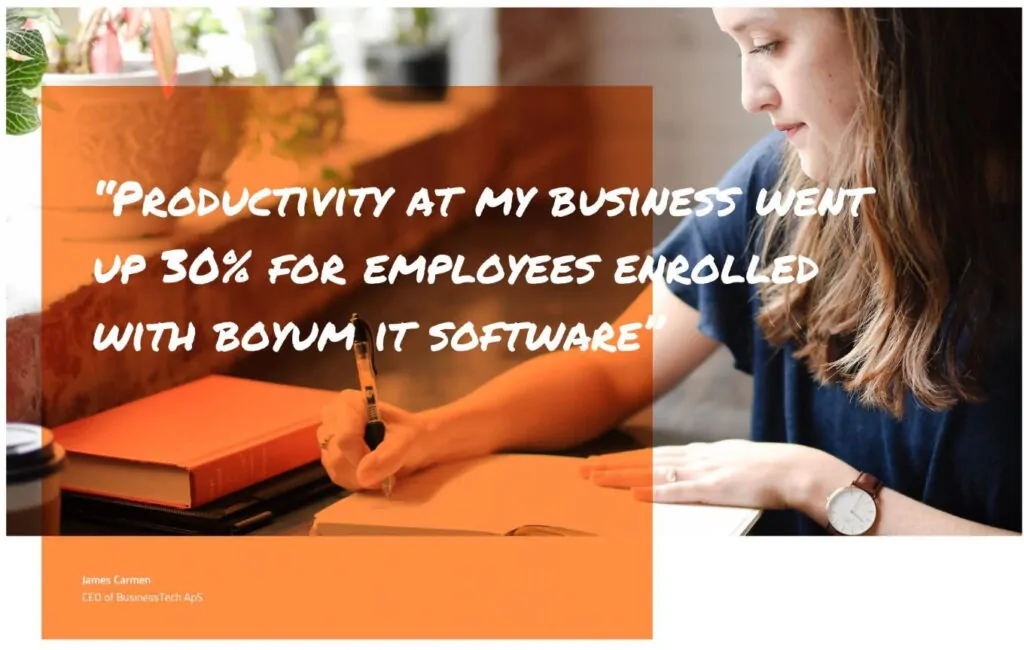Not every manufacturing process is perfect – there is usually some kind of material loss during the fabrication, assembly or other process. The effect of material loss is twofold:
- Additional costs incurred
- Additional materials required
Let’s take a look at how integrating waste and shrinkage into the Bill of Materials, or BOM, is handled.
When you open up the component entry/maintenance within Bill of Materials, you will find that there are two options regarding Scrap in Macola.The manufacturing method matters in this area.
Scrap Quantity Loss
If you are using Shop Floor Control as the manufacturing method for the parent item, then you can use the “Enter the Scrap Quantity for this component” feature. This is the quantity you anticipate losing to scrap, shrinkage, etc. It is also helpful if there is a quantity lost during the setup of the operation, for example. Regardless of the reason for the loss of the quantity of the component, Macola will gross up the materials requirements to account for the quantity of the lost components entered in this field.
Shrink/Scrap Factor
For either Shop Floor Control or POP, you can enter a Shrink/Scrap Factor to reflect the expected loss of components during the manufacturing process. Enter the percentage of this component that you anticipate will be lost due to scrap, shrinkage, etc. Similar to Scrap Quantity, this factor helps to determine the actual gross requirements for a particular product.
Please Note:
You cannot enter a shrink/scrap factor when the Component Item Number is a serialized item.
In both cases, the additional materials required will add costs to the parent item.
Is this the same as the Scrap or Reject function in Shop Floor Activity Transaction entry?
This is not the same at all. Scrap Quantity and Shrink/Scrap Factor in Bill of Materials is used for expected or planned loss of components. The Scrap and Reject function in Shop Floor Control is designed to be used only for unexpected loss of components or sub-assemblies during the manufacturing process.
Getting these factors straight is an important aspect of materials management. Let us know if we can help guide you to optimize your manufacturing system!
10 Ways to Use ERP to Lean the Manufacturing Supply Chain
Want to know other ways you can lean-up your manufacturing business? Download our eBook, 10 Ways to Use ERP to Lean the Manufacturing Supply Chain. This short eBook includes information and tips on:
- Bringing ‘just-in-time’ improvements to your manufacturing operations.
- What technology tools automate lean supply chain practices.






















